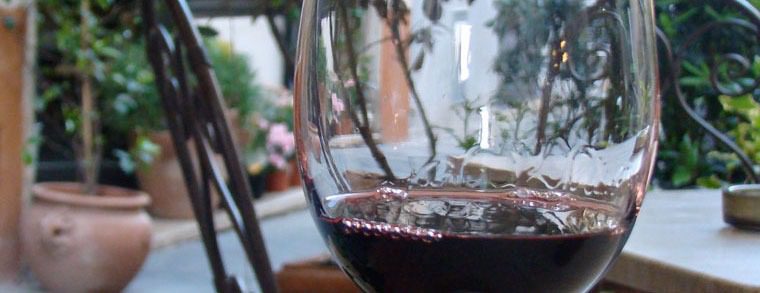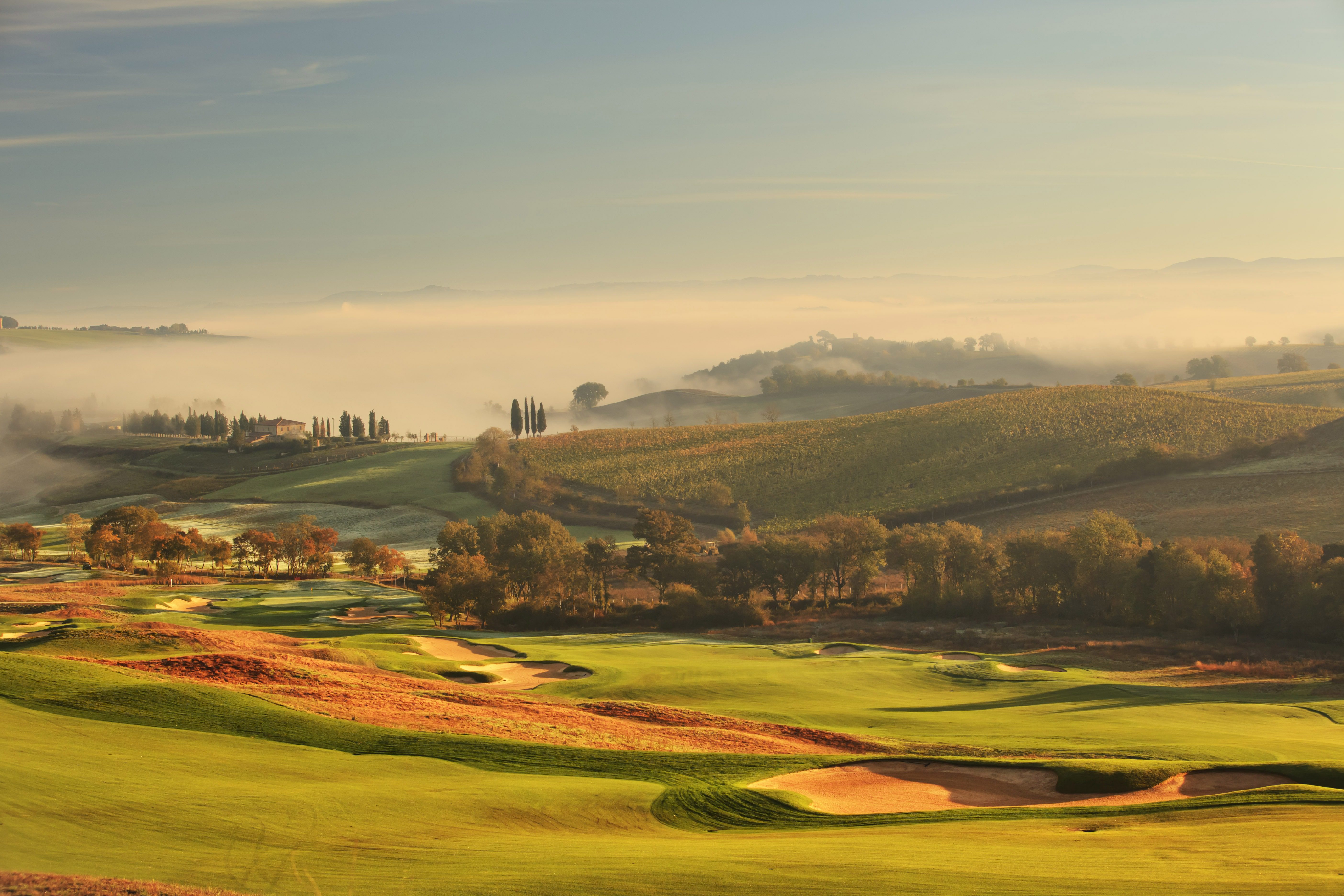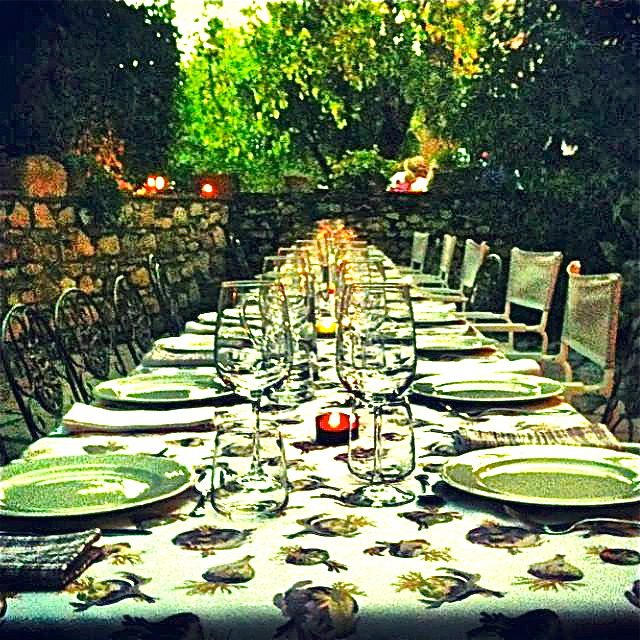
While French wine tasters roll the wine around in their mouth and spit before tasting the next, this is definitely not the custom in Argentina. I spent a week cycling through Mendoza where lunch often included 5 or 6 wines, following which we’d cycle to another winery a mere 10 kilometers away, and begin the tasting process again. I managed one sip from each glass while watching others drain their liquid happily and with ease. I did learn how to check the colour or a red and the clarity of a white, inhale the bouquet, and differentiate between citrus, chocolate and tobacco flavours of a good Malbec.
Things to know about and how to know them?
Reds
1. Colour: the wine should be filled to just under the part where the glass that buldges outward. Tilt the glass forward, stem facing toward you. Put a white background (napkin or paper will do) under the glass. Place your fingers between he glass and the napkin. If you see your fingers clearly then you have a light bodied wine. If you the he outline of your fingers somewhat you have a medium bodied wine. In a full body Malbec, the colour will be so deep that you won’t be able to see the outline of your fingers at all.
2. Flavours: The flavours are influenced by the barrels that they are aged in, the temperatures the wine is aged in and the length of time it is aged for. For example, Hungarian oak barrels tend to have overtones of vanilla. American oak barrels from Oregon are coming into use as they are less expensive than the finer grained barrels of the white oak from France. Though cheaper, the wine they produce is not as refined in flavour as those aged in the French or Hungarian oak barrels.
3. Bouquet: Typically, when wine experts describe a wine’s aroma, they are referring to three levels of aroma. It is the third level that offers the bouquet. A bouquet is developed in the post fermentation process and might take years to develop.
4. Descriptive words: Ever hear of wines having a hint of coffee or dark chocolate. These words refer to the complex bouquet that is developed post-fermentation. Other descriptive words refer to colour. For example, Malbecs tend to have a deep burgundy almost purplish colour, while a young Bordeaux may be light red and thin, almost translucent. Sometimes people talk about wines having good legs. To determine the legs, swirl the wine around the glass slowly and watch the liquid as it drips back into the main body of the glass. Does it leave streaks or does it fall right back into the glass without a trace. If the former, then it has good legs!
Before going any further, pour yourself a glass of red. Check out the legs. Find a few descriptive words. Take a sip. Enjoy!!!!
Read our next blog to learn more about white wines.






